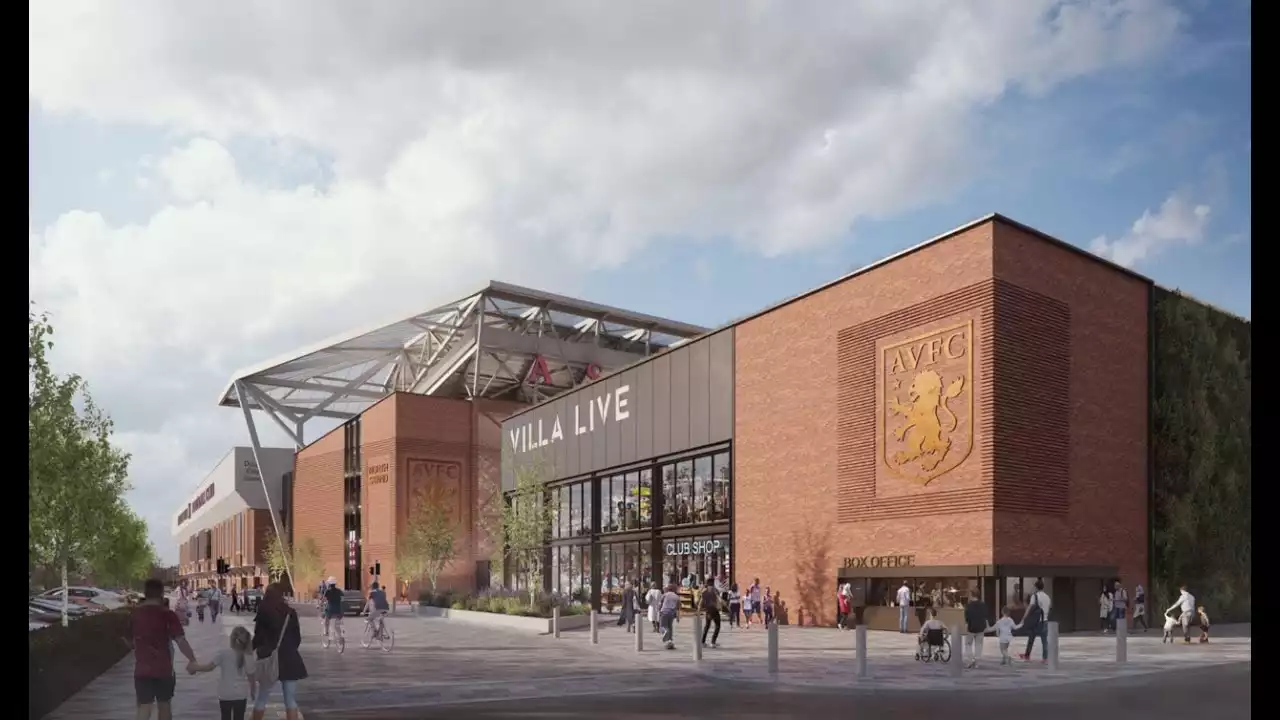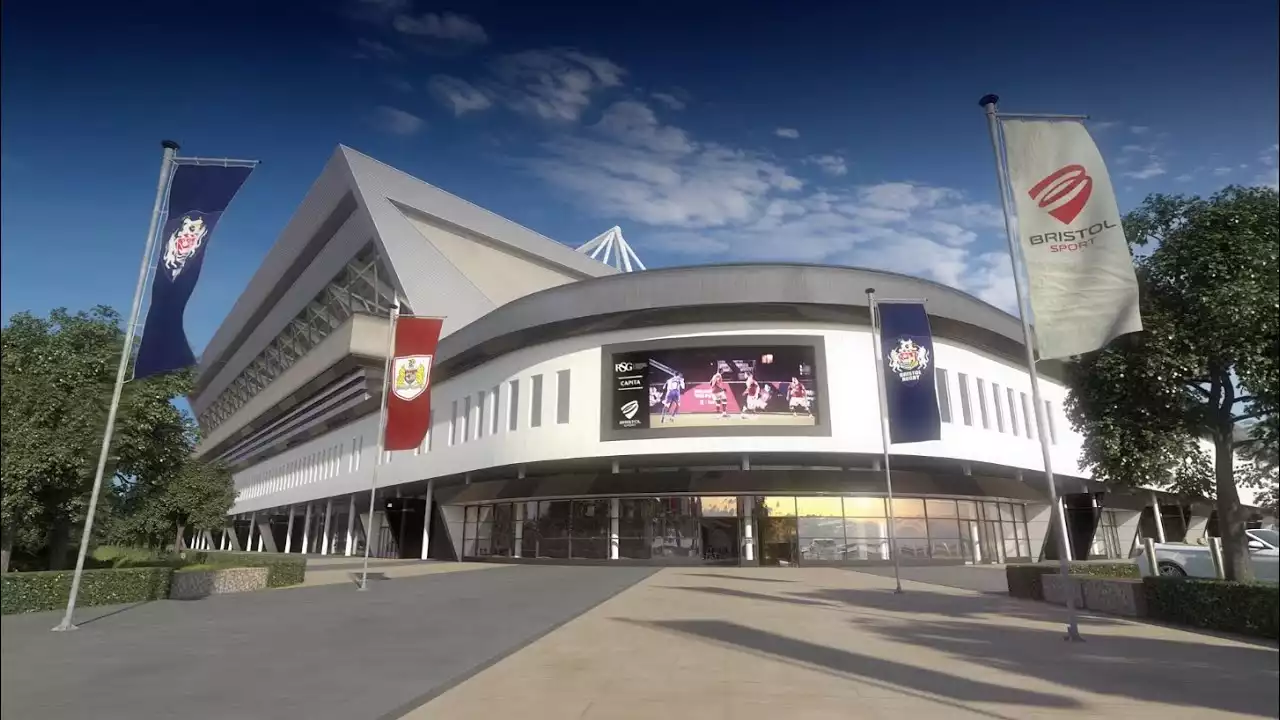History and significance of iconic stadiums
The history and significance of iconic stadiums in the EFL Championship go hand in hand with the rich heritage of English football. These stadiums have witnessed historic moments, celebrated victories, and endured heart-wrenching defeats. They are more than just structures; they are hallowed grounds where the dreams of players and fans come alive.
Pride Park Stadium - Home of Derby County
Pride Park Stadium, located in Derby, is one of the most revered stadiums in English football. Built in 1997, the stadium has a seating capacity of over 33,000 spectators. Its design showcases a perfect blend of modern architecture and traditional elements. The stadium's unique feature is the cantilevered roof, which provides unobstructed views of the pitch from every seat. Pride Park Stadium has witnessed some memorable matches, including Derby County's promotion to the Premier League in 2007. The stadium's significance goes beyond football, as it serves as a symbol of pride for the city of Derby.
Elland Road - Home of Leeds United
Elland Road, the home of Leeds United, holds a special place in the hearts of football fans globally. This historic stadium has been witness to the rise and fall of Leeds United, from their glory days in the 1970s to their subsequent struggles. With a seating capacity of over 37,000, Elland Road exudes a sense of grandeur and tradition. The stadium's unique architectural feature is the iconic South Stand, also known as the "Don Revie Stand." This stand, with its distinctive design and capacity of over 17,000, creates an electric atmosphere during matches. Elland Road's rich history and passionate fanbase make it a must-visit for any football enthusiast.
Riverside Stadium - Home of Middlesbrough
Nestled on the banks of the River Tees, the Riverside Stadium is a modern masterpiece that showcases the evolution of stadium design. Built in 1995, the stadium boasts a capacity of over 34,000 and offers stunning views of the surrounding landscape. The circular design of the stadium creates an intimate atmosphere, bringing fans closer to the action on the pitch. The Riverside Stadium has witnessed some iconic moments, including Middlesbrough's promotion to the Premier League in 1998 and their memorable UEFA Cup run in 2006. Its architectural brilliance and strategic location make it a true gem in the EFL Championship.
Hillsborough Stadium - Home of Sheffield Wednesday
Hillsborough Stadium, the home of Sheffield Wednesday, is steeped in history and holds a special place in the hearts of football fans around the world. Built in 1899, the stadium has a capacity of over 39,000 and has undergone several renovations over the years. The stadium's most distinctive feature is the iconic "Leppings Lane End," which provides an awe-inspiring view of the pitch. Hillsborough Stadium has witnessed some of the most memorable matches in English football history, including the 1966 World Cup semi-final between England and Portugal. The stadium's rich heritage and passionate fanbase make it a true architectural wonder.
Stadium of Light - Home of Sunderland
The Stadium of Light, home to Sunderland AFC, is a shining beacon of football passion in the EFL Championship. Built in 1997, the stadium can accommodate over 49,000 spectators, making it one of the largest stadiums in England. Its design showcases a perfect blend of modernity and functionality, with its sweeping curves and state-of-the-art facilities. The Stadium of Light has witnessed numerous historic moments, including Sunderland's famous victory over Newcastle United in the Tyne-Wear derby. The stadium's immense size and electric atmosphere make it a must-visit for any football fan.
Ashton Gate Stadium - Home of Bristol City
Ashton Gate Stadium, situated in Bristol, is a modern marvel that perfectly encapsulates the spirit of Bristol City FC. The stadium, built in 1887 and extensively renovated in recent years, can hold over 27,000 spectators. Its innovative design features a mix of traditional and contemporary elements, creating a unique visual appeal. Ashton Gate Stadium has witnessed some unforgettable matches, including Bristol City's promotion to the Championship in 2015. The stadium's blend of history, modernity, and passionate support make it a true architectural gem.
The City Ground - Home of Nottingham Forest
The City Ground, the fortress of Nottingham Forest, is a historic stadium that exudes charm and character. Built in 1898, the stadium has a seating capacity of over 30,000 and has been witness to Nottingham Forest's rise and fall over the years. The stadium's unique feature is the iconic Trent End, which stands tall and proud, providing an incredible view of the pitch. The City Ground has witnessed Nottingham Forest's European triumphs under the legendary Brian Clough, cementing its place in football folklore. The stadium's rich history, passionate fanbase, and picturesque location make it a true architectural wonder.
Celebrating architectural wonders in the EFL Championship
As we celebrate the architectural wonders in the EFL Championship, it is essential to recognize the incredible vision and creativity of the designers who brought these stadiums to life. From the historic charm of Pride Park Stadium and the grandeur of Elland Road to the modern magnificence of Riverside Stadium and the iconic status of Hillsborough Stadium, each stadium tells a unique story. These architectural marvels not only provide a stage for thrilling football matches but also create a sense of belonging and pride for the clubs and their fans. The fusion of design, functionality, and passion is what sets these stadiums apart and adds an extra layer of magic to the EFL Championship.









